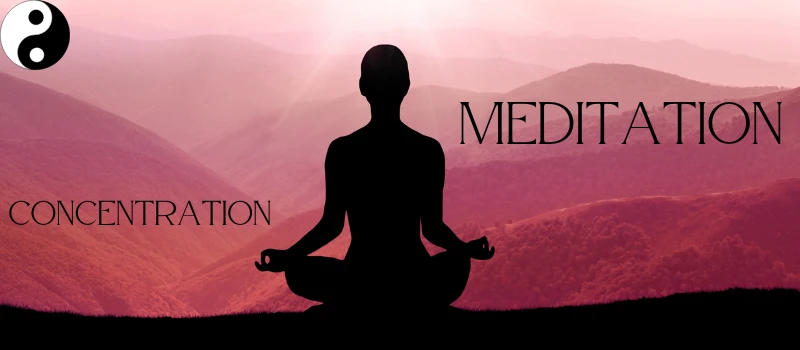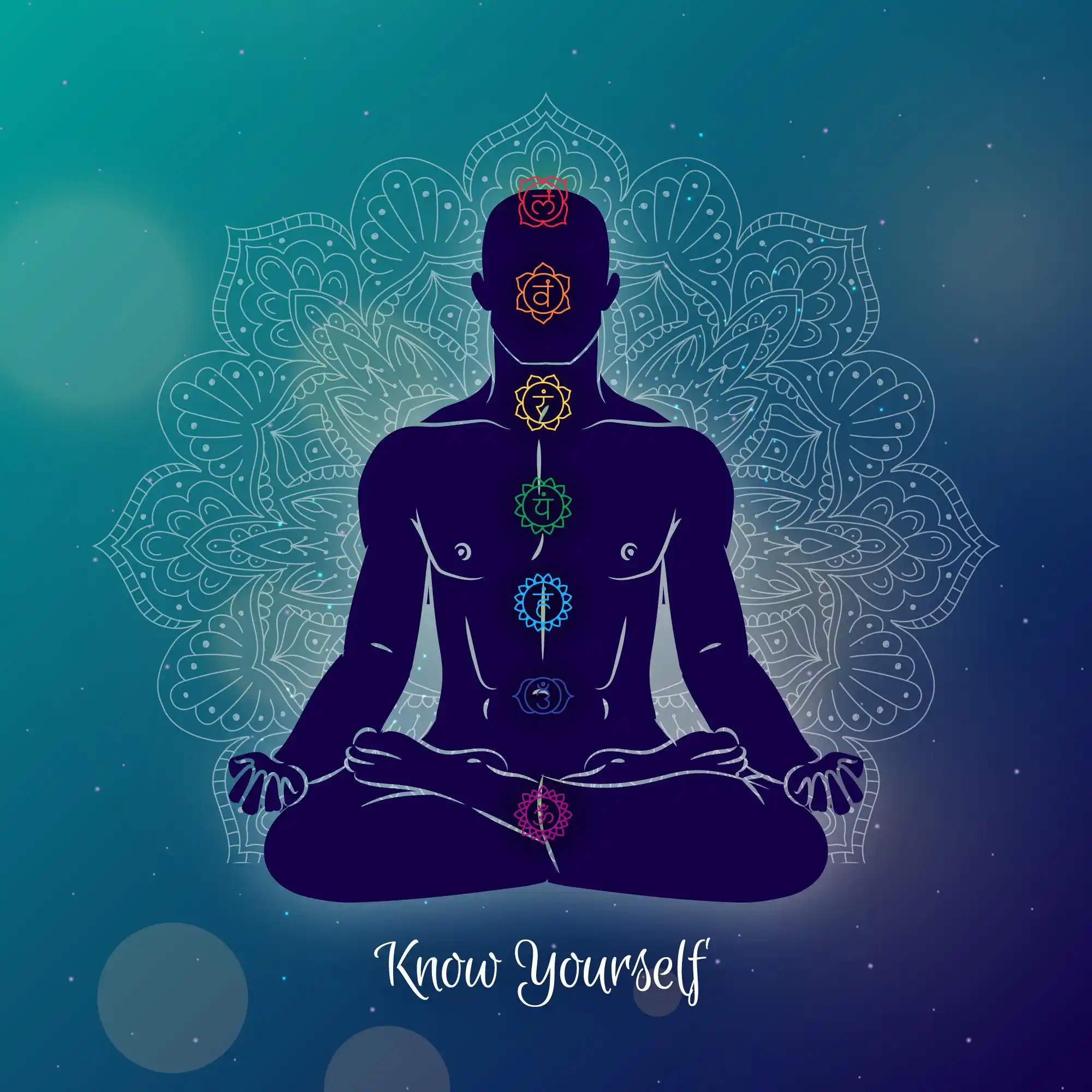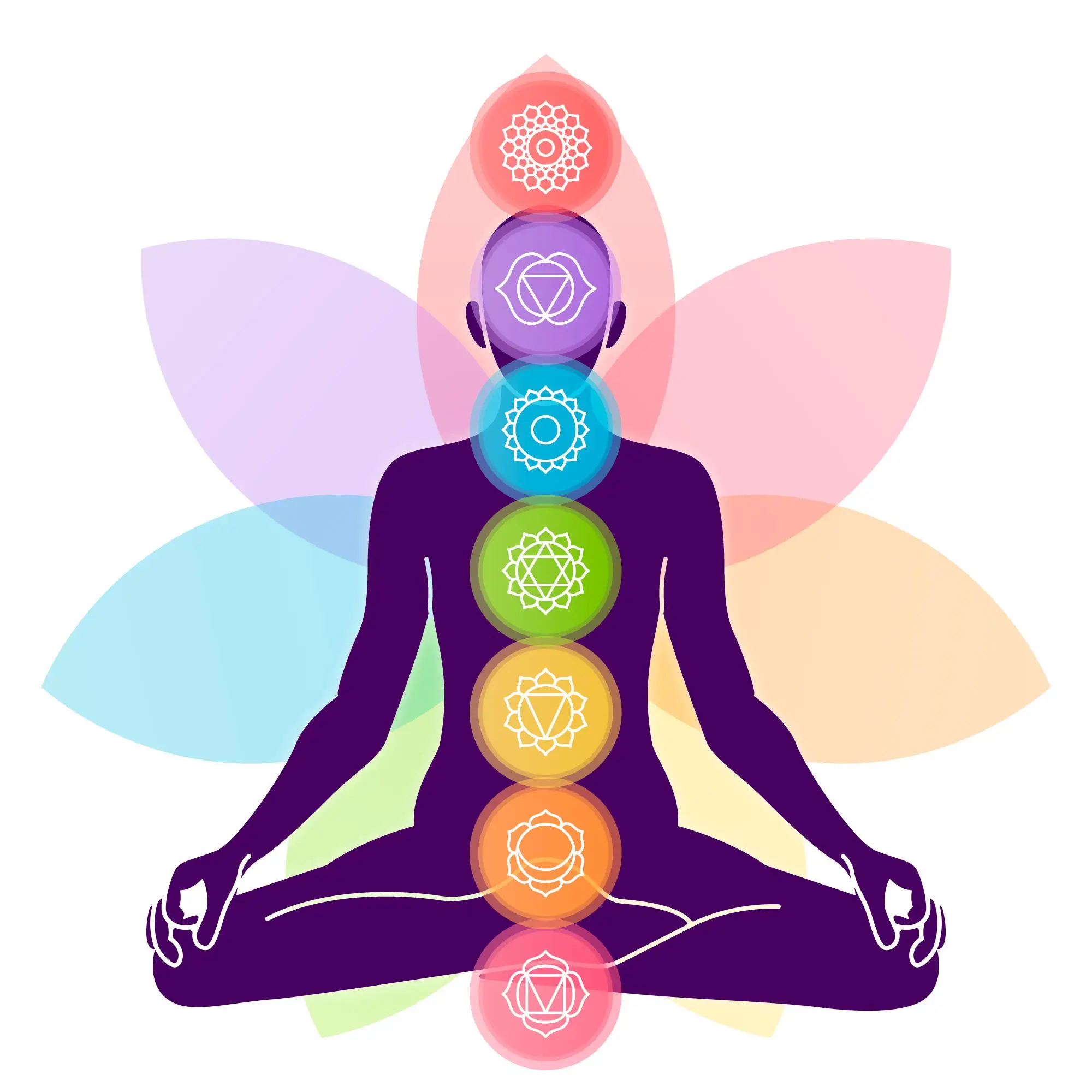




The old Yoga Shastras (spiritual sciences of Divine communion) of Bharat have outlined various methods to attain Self-realization. In the wake of awakening, the sleepy Kundalini Shakti was one of the methods.
Controlling breath stimulates the Kundalini Shakti (dormant spiritual energy in the human body). It's gradually pushed up to the top of a mountain, where it joins that of the Sahasrara Chakra (thousand-petalled lotus, which is situated within the cerebral cortex).
The primary force in every human being is referred to as consciousness. Integrating this consciousness with the Universal Consciousness has been described as 'Liberation' Vedanta (the final essence of Vedas).
Today, various forms of meditation are promoted both across India and worldwide. Many people mistakenly associate Dhyana (meditation) and Ekaagrata (concentration). There is no connection between them.
Concentration is a regular event in all types of human activity like walking, reading, or eating. What is the reason to sacrifice time and effort to accomplish something naturally occurring? What we must find out is how this focus occurs.
This is a book that one can hold in the palm of your hand. It is seen through our eyes. As soon as we look at it, we can look at the letter. Once we read the letter,
The mind attempts to comprehend the meaning of the word and to meditate on the meaning in the brain.
The hand that holds this book represents a part of the body. The eyes that view it are an organ of senses. The brain can comprehend and retains the memory of the sense organs. It is the coordinated actions of all the organs which allows us to study any matter. The concentration process is achieved at the lowest level of the organs that sense.

Meditation is a practice that occurs beyond the senses. Between concentration on the sensory level & meditation that transcends the senses, there's a line of demarcation between the two. Chintana (contemplation) takes place.
Contemplation is the second part of Chit (intelligence) which's another function is to differentiate between right and wrong.
A picture will help clarify this. The rose plant is with leaves, branches and flowers, and thorns. The location of the flower is flower requires focus. At this moment, we're concerned with finding the flower. The flower must be gathered and not touch the thorns. The flower is love, Lust is the thorn, And there isn't a rose that is not thorn-free.
The issue is how to reach the blossom of love without touching the thorns of Lust.
This is why contemplation is necessary. Once we've picked flowers, what can we make use of it? By giving that in the name of the Divine.
Meditation is the act of offering flowers in the form of love in the direction of the Divine. The rose plant that is part of our body there's the pure rose of sacred love, emitting the scent of positive qualities.
Under the rose, however, some thorns take the form of desires for sensual pleasures. The goal of meditation is to remove the selfless love rose from the world of sensual desires and to offer that to our Lord.
Dhyana (meditation) has been recognized as a significant part of Bharat from ancient times. Today, many people go to meditation and consider it a type of medication taken in the event of a headache or other problem.
Meditation isn't an easy task. In the past, the sages Sanatkumara, Narada and Tumburu took part in meditation to stimulate their Kundalini Shakti and lead it towards the Sahasrara Chakra. Meditation is a practice of cultivating pure and selfless love by letting go of all attachments and attachments to worldly objects.
Before meditating, The mind must be free from harmful ideas and filled with spiritual thoughts. This requires control over the various sense organs. One should teach the ears to pay attention only to things related to the Divine and stay clear of gossip. One should instruct that eyes can be able to see god.
One should keep the mind from restlessness by focusing on breathing by relating exhalation and inhalation to the repeated Mantra"om". This way, the breath of life is controlled. This is a demonstration of the effectiveness of Yoga.
There is no requirement to do an exercise separate from awakening your Kundalini Shakti. The process of breathing control alone will accomplish this aim.
Certain people utilize Jyoti (lamp) to serve as a base to meditate. The lamp shows the unity, which is the source of the Unity of the Divine, and the diversity reflected in Divine manifestations. The feeling of bliss doesn't occur immediately.
There are three phases in this kind of meditation.
For example, if one wants to meditate on the god of lord shiva, one first attempt to imagine the image of Lord Shiva in the form he has seen earlier, using eyes that are dosed. The image disappears after several minutes. The process is more prolonged when you experience the figure, and the impression lasts longer. In this way, it is possible to visualize the person from head to foot and from the feet upwards.
Gradually, the image of Lord Shiva gets embedded and becomes an internal reality as a result of the process. However, the process of imagining provides only a glimpse of the future The process of experiencing results in the total recognition of the seeker in god's form. The awareness of the Divine leads to entanglement in god. Divine (Brahmavid Brahmaiva Bhavati).
What's happening to our minds when we experience God's Divine Form? The mind experiences every aspect of the Lord From head to toe and eventually is one with the form.
The mind's connection with god or the Divine form makes up the authentic meditation practice. Meditation is not a process of merging the forms within the mind. It is the process of merging the mind with the form that the mind in its entirety does not exist.
While sitting to meditate in the group, one must not be within contact with any other person. This is crucial.
Meditation is similar to the procedure of electrifying a wire. If the live wire comes into contact with anything, it will cause an electric shock.
When you meditate, it is possible to generate spiritual energy. How does this energy get lost? It's lost through the fingernails and the hairs on the body. This is why the old Yogis (spiritually advanced individuals) permitted their hair and nails to grow naturally. one must conserve spiritual energy through all methods.
The Rishis (saints) practiced silence to conserve speech-related energy.
Avoid developing too close an intimate relationship with each other. This type of relationship can result in intimate friendships, which create expectations and obligations. These are the basis for the feeling of the ego.
If expectations aren't met, and resentment is triggered, one can feel it. If they are realized, then the ego becomes inflated. Whatever the case, the results of pursuing desires that are not desirable.
If resentment is escalating and anger increases, the ability to discriminate is reduced. One loses control of his mouth and engages in various forms of intoxication. The abuse can lead to sinful behavior. The entire process is triggered through a disproportionate association with each other.
 Young people are prone to allow their minds to wander and forth. They should focus on their study and not allow their minds free reign. Take a step back from their daily issues and devote time for meditation each morning and night.
Young people are prone to allow their minds to wander and forth. They should focus on their study and not allow their minds free reign. Take a step back from their daily issues and devote time for meditation each morning and night.
This can help purify their minds and get them on the path of Divinity, just like the river that disappears into the water, so the human mind needs to be merged with the Divine. There will then be no thoughts in the world. One can attain the blissful state only by following the pathway of love. The love of God is God. Be in love.
Realization of the power of love is the ultimate goal of meditation. This love is selfless and is devoted to the Divine. The methods of meditation vary, but the aim is a single one.
It is essential to realize that not everyone follows the same method or pattern in meditation. It is different based on the individual's development, each person's circumstances, and their capacity and commitment.
Some revere god as the supreme Universal Mother, while others consider God the Almighty as Father. Some consider god the supreme god, and some devotees see the Divine as the Beloved.
Jayadeva, Gauranga, and Ramakrishna Paramahamsa belong to the last category. They didn't practice meditation and experienced that god was with them everywhere. God everywhere.
Where would they go for meditation? That was what they experienced. For the real Sadhaka, the evidence of the omnipresence of god can be seen everywhere. Simply closing one's eyes, one is not able to meditate. One must be able to feel one's union with god in the inner self.
The mind is like foods are for our bodies. As healthy food provides energy and strength for the body, prayer cleanses the mind and strengthens the spirit.
The ego is bloated when Bhajans (devotional tunes) are performed strikingly. Young people should move from Tamas (ignorance's darkness) towards Tapas (spiritual repentance).
They need to be determined in the pursuit of what they pick up.
There is no point in having a meditation session for two days, only to give it up after day three. Meditation should become an essential part of your life.
It is essential to acquire all the skills and knowledge needed for an occupation or profession.
02 May '22 MondayCopyrights 2020-21. Privacy Policy All Rights Reserved Designed and Developed By | AIGS Pvt Ltd